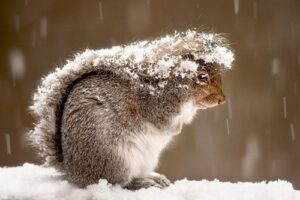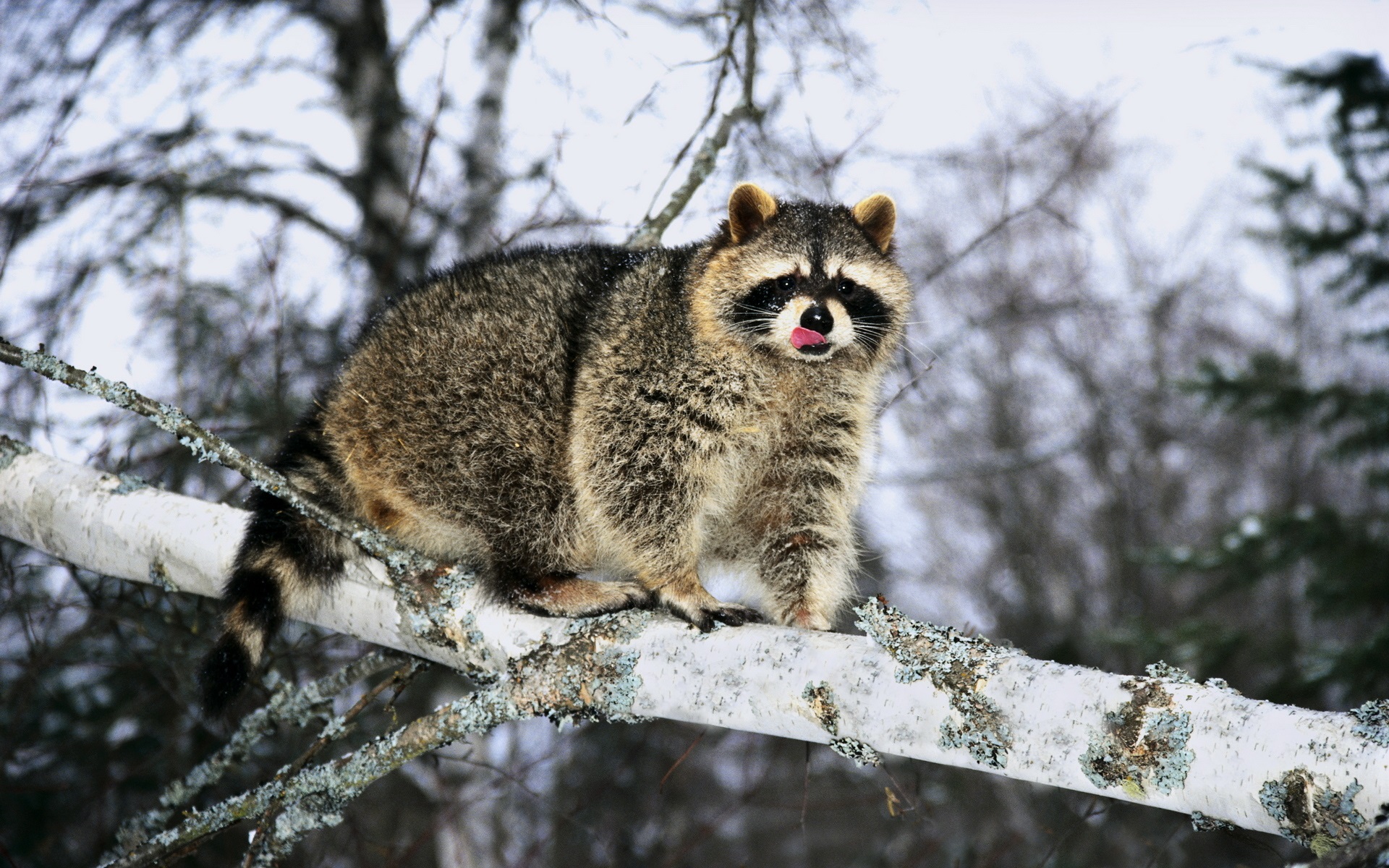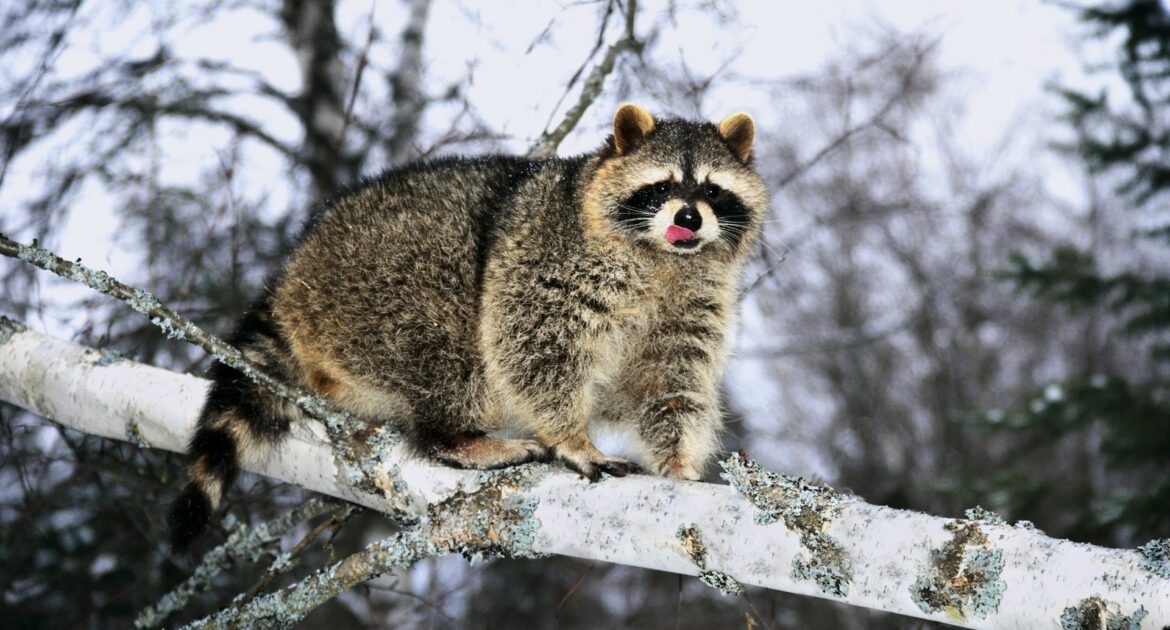The arrival of another winter season means that homeowners must double their efforts to fortify their residences against entry from wildlife seeking shelter from the freezing temperatures. Skedaddle Humane Wildlife Control offers tips for winter wildlife control so property owners can feel safe and comfortable inside their homes while navigating the colder months of the year. Often, taking the proactive approach proves best, as keeping critters out of your home is always preferable to wildlife removal. Understanding how wildlife enters a home and how to keep animals out paves the way to peace of mind and secure property.
Ways Wildlife Enters a Home
Mice, squirrels, bats, rats and other wildlife enter homes through various means. Besides invading properties, wild animals may destroy a home’s structural elements or spread diseases inside a residence. Homeowners should install caps on their chimneys to keep bats from roosting inside them and climbers like squirrels from using the chimney as an entryway to the attic. These stainless-steel mesh barriers do not last forever, so those who already have chimney caps should regularly inspect them for signs of damage, and replace them when necessary.
Animals also enter homes through roof vents when they feel warm air blowing out of a vent. Mice and other small animals can squeeze through roof vent gaps. Squirrels may gnaw through even the most well-fitted vent cover.
Paying close attention to gutters not only helps keep wildlife out, but it also protects a home from other types of damage. When ice, leaves and other debris clog gutters, it can lead to the gutters pulling away from the roof, which can create entry points for animals. Homeowners should regularly clean their gutters or install covers to prevent the accumulation of leaves, debris and moisture.
Over time, the fascia that supports a home’s gutters can weaken from water damage. Sufficient damage can make it easy for critters to chew into a roof and enter a home. Custom-fabricated metal can fortify your residence’s gutters and keep wildlife out.
On a related note, have a professional inspect your home’s shingles for signs of damage, such as curling, blistering and lost shingles. Preventing an infestation requires prompt replacement of damaged or missing shingles. Other areas of a residential property to inspect include garage doors, outbuildings and soffits.
Tips for Inspecting a Home for Wildlife
 Besides being proactive, homeowners must know how to perform a cursory search of their property for signs of wildlife. Resolving suspected entry points by stuffing them with paper, cloth or insulation and checking them over several days for signs of movement can help determine whether a home already has an infestation problem. If the material stays in place, the homeowner knows to proceed with proper sealing.
Besides being proactive, homeowners must know how to perform a cursory search of their property for signs of wildlife. Resolving suspected entry points by stuffing them with paper, cloth or insulation and checking them over several days for signs of movement can help determine whether a home already has an infestation problem. If the material stays in place, the homeowner knows to proceed with proper sealing.
Areas with bats require a different approach to determine if the flying animals infiltrated a home. Bats may not try to remove materials used to seal a suspected opening. Instead, homeowners should examine their attic floor for small, shiny pellets. Signs of an infestation require help from an experienced removal specialist. The moment a property owner discovers wildlife is the time to call a professional. Touching wildlife or otherwise handling the situation without an expert’s help could result in unnecessary injury, damage or spending.
Indications of Wildlife Infestation
Despite taking preventative measures, animals may still sneak inside a home. There are several signs of wild animal infiltration:
- Foul odours within and around the property
- Sounds of scratching coming from the walls or ceiling
- Squeaking or chirping issuing from vents, the attic or walls
- Signs of chewing around electrical wiring, the basement or the attic
Many animals are nocturnal, so homeowners may not notice or hear bats, mice, raccoons or similar small wildlife because they are most active when many of us are asleep.
Additional Tips To Keep Wildlife Out
Other prevention measures help discourage wildlife from inspecting a residential property for vulnerabilities. For instance, property owners must secure all trash containers so that pests do not regularly inspect containers for food. Keeping shrubs and trees well-trimmed better ensures that critters do not have a natural bridge to cross to access a property. Caulking small openings and tending to other minor home repairs before they become too big can also seal potential openings.
Do not wait until winter blows in to pest-proof your home. Reach out to us here at Skedaddle Humane Wildlife Control to protect your residence from unwanted tenants throughout the year.




